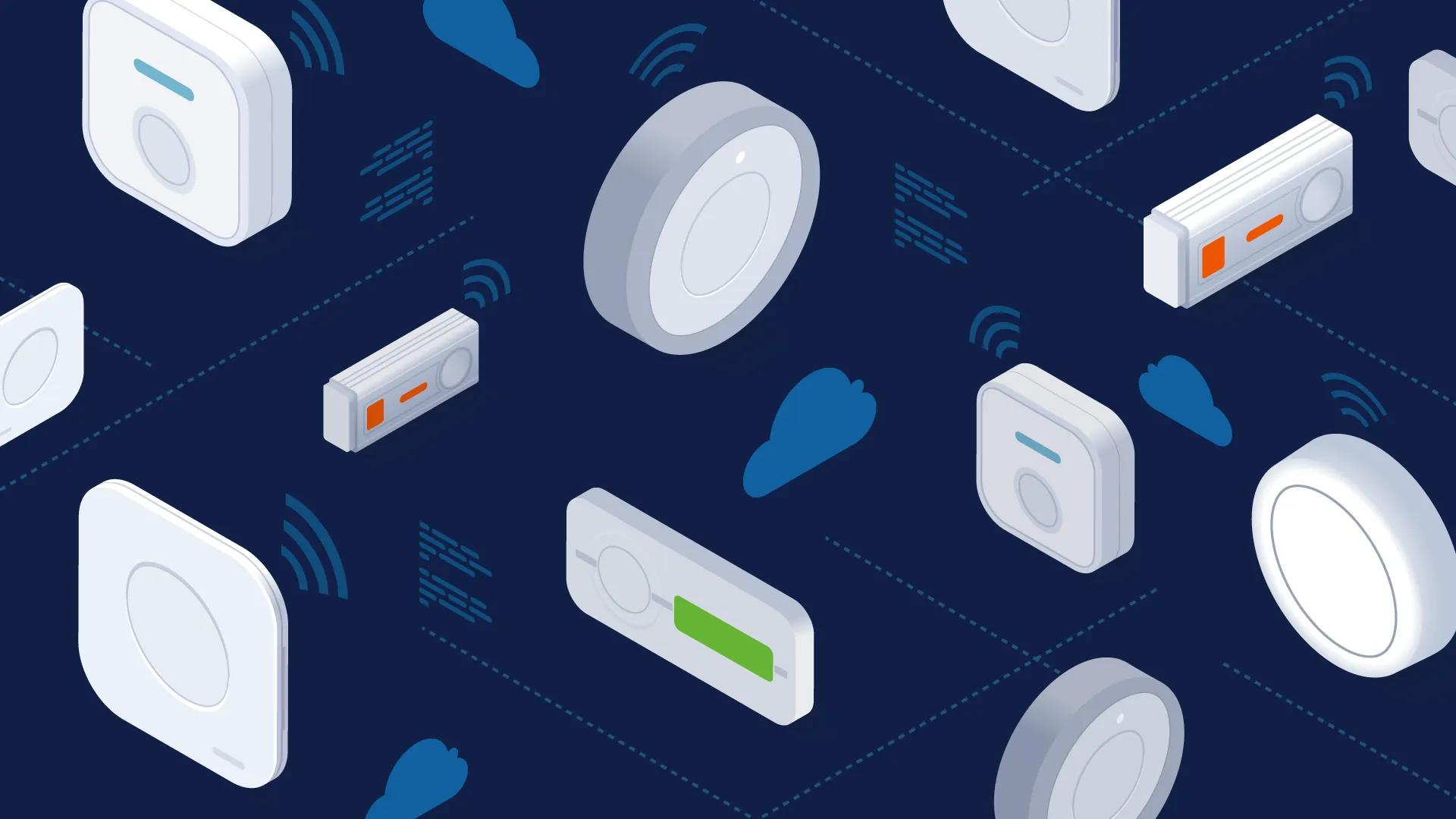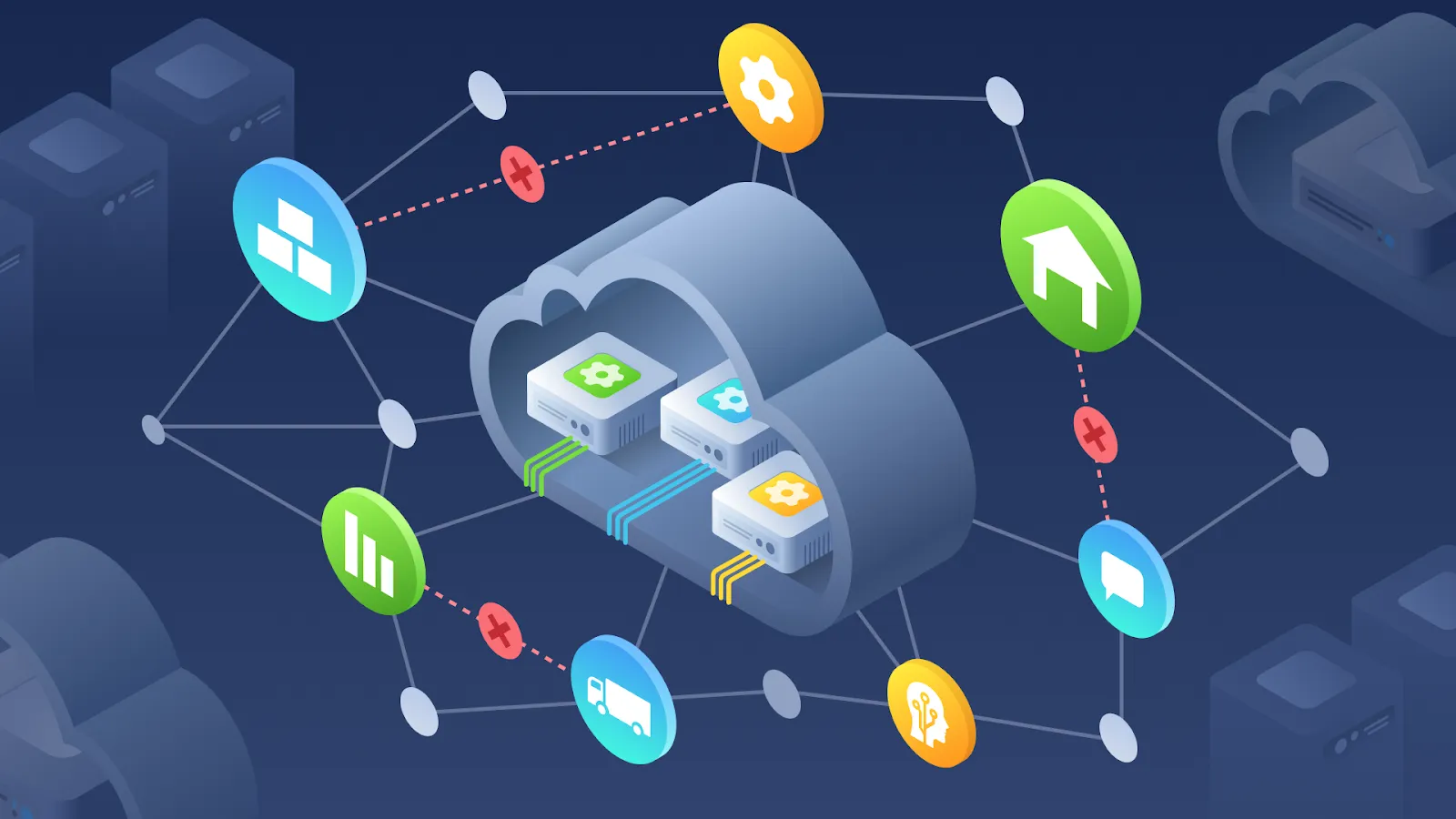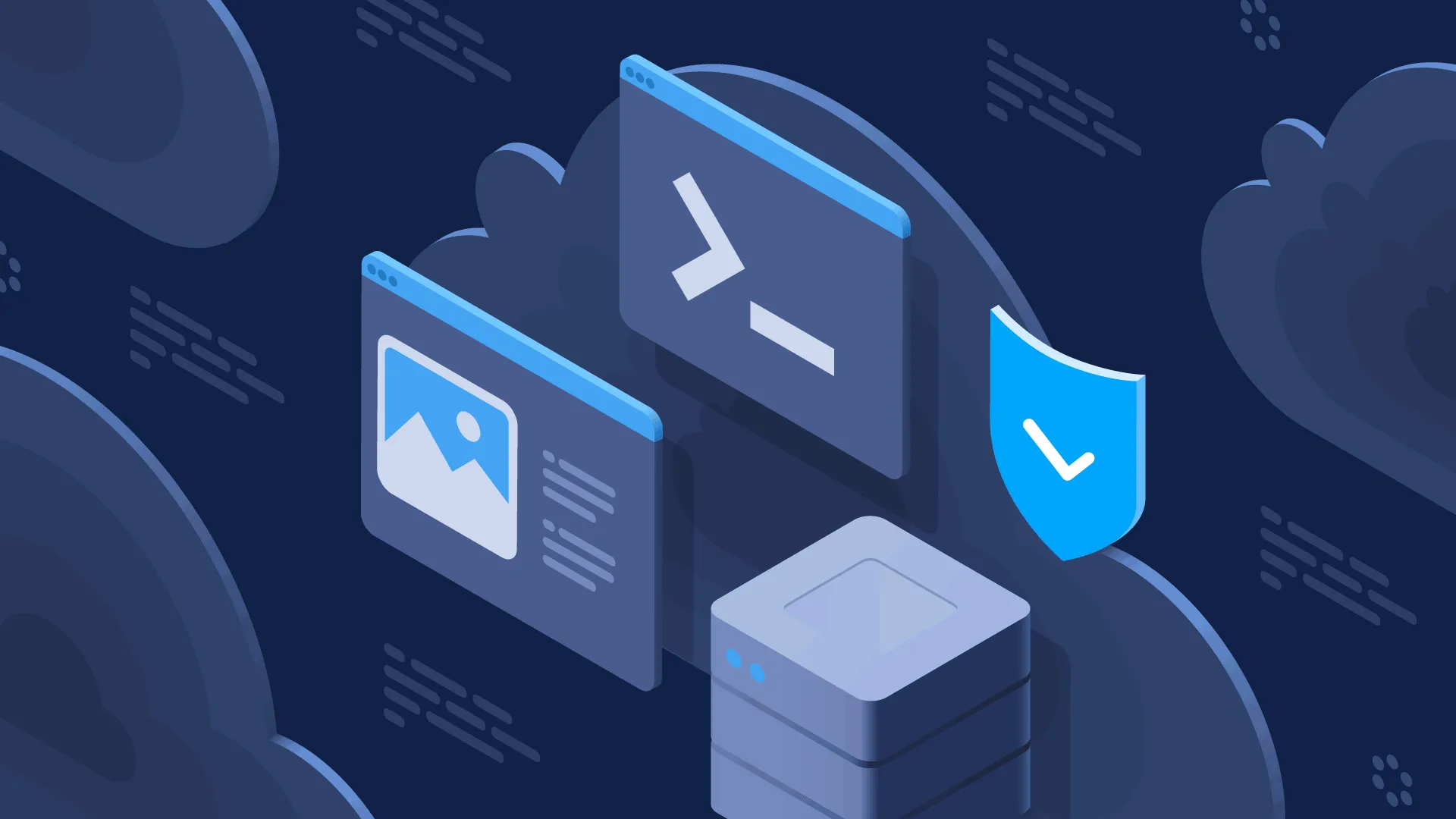❗
Attention! Amazon Web Services announced a shutdown of AWS IoT 1-Click Service! As a result, AWS IoT 1-Click based devices (AWS IoT 1-Click Button, Seeed AWS IoT Button) will stop working after December 2024. A a new blog post is in progress with alternatives and migration paths. This blog post will be updated accordingly soon too.
The IoT button is a device responsible for sending certain signals over a network after clicking on it. Its purpose is to minimize the waste of time on routine tasks. Clicking the button launches some script on the server, which leads to automatic execution of the predefined list of actions.
There are many possible ways to connect the button to the network: WiFi, Bluetooth, ZigBee, ZWave, LPWAN.
Most of the buttons support up to three types of clicks (one click, double click, long click) with a different action for each type. Some buttons send their data as general HTTP requests and can be configured via REST API. Some can act directly with AWS 1-Click service, while others use their network capabilities (e.g., ZigBee).
One of the most critical parameters of a button is its power source. Of course, wireless buttons are the best choice because having a tangle of wires is a terrible experience. Obviously, wireless buttons should be battery-powered, so we need to pay attention to the battery’s lifetime when choosing an IoT button.
Flic 2
These buttons use Bluetooth, so they need a device to receive their signals via BT and send them to the Internet. It can be an iOS/Android smartphone, a Mac with Flic application, or a specific Flic Hub.
You can integrate them with many different services, but the most critical capability is sending HTTP requests for integrating these buttons with just about anything.
You can use a Flic app to configure the buttons.
There is a Flic Hub SDK that allows you to program the Flic Hub using JavaScript. Thus, it is possible to create custom solutions.
Each button has a CR2032 coin battery as an energy source and can work on it for 3+ years.
Flic 2 Mega Kit (Flic Hub LR, fifteen Flic 2, IR accessory, power cable) costs $400,6 buttons pack costs $200.
myStrom
These rely on WiFi networks, so they don’t need any external device.
They support the REST API to send requests. The configuration can also be done via REST API from the server-side.
The power source is a chargeable integrated battery with a 70 days lifetime.
Their price is $27 per button.
Seeed
The Seeed buttons are interesting because of their compatibility with the AWS 1-Click service, which helps you build reliable solutions quickly.
They are WiFi-based, programmable buttons that are easy to configure via the iOS/Android app. These buttons are battery-powered with USB Type-C charging. They are shipped without a battery. The recommended battery is NCR18650B which costs around 3-8$.
They cost $17.5 per button without a battery.
Sercom
Sercom is one more AWS 1-Click button. It uses LTE-M for communication, which is cellular for IoT devices. That is helpful because everything you need is to put the button in its place, and it will be ready to work. The button is configured in the AWS 1-Click App.
Its IP rating is IP66 which means that the button is protected against dust and high-pressure water jets from any direction. So it can be placed both indoor and outdoor.
Usage of LTE-M together with IP66 rating makes this button a very flexible solution.
It has a non-replaceable li-ion battery which provides 3+ years of usage or 2000 clicks.
The price is $40.
Texxmo
This one is based on WiFi and offers one or three GET messages or a Microsoft Azure connection. Using its API, the users can configure the button from the server-side.
There is the opportunity to check who is pushing. Users must wear BLE beacons, and the button will obey only authorized users. Also, you can use these buttons to find the strongest beacon signal close by and send info about the beacon and WiFi access point.
This button is powered by two AAA chargeable batteries. But unfortunately, the lifetime is not specified.
It costs 39€ without BLE and 69€ with BLE.
Develco
Develco is a programmable ZigBee button that you can configure to provide different commands with different ways of pressing. As a default, you can use it as an on/off button that sends a “toggle” command on every press. Also, it can be configured as a panic button.
Develco has a CR2450 coin battery which can power it up for three years.
The price is 29€.
UnaBiz
This one uses Sigfox Technology which is a global 0g network for IoT devices.
The button can trigger customizable notifications to alert self-defined recipients via API and web callbacks.
It is battery-powered with an estimated lifetime of more than 10000 clicks.
The price is not specified, so you need to contact the vendor. But, according to the info on the UnaBiz web page, it requires a monthly fee starting from $1 per button.
Minew D15N
Minew D15N is a button with a UFO beacon BLE which you can configure to send different data by click. It complies with iBeacon and Eddystone standards simultaneously, and you can use it as a smart button with iBeacon.
It uses BLE for communication and can work with the G1 BLE-WiFi gateway. It is configured via the BeaconSET+ app.
The button is powered by a CR2025 coin battery. Its maximum distance is 50m.
The vendor provides SDK, firmware, demo app, configuration app, and instructions after the sample arrives. By default, it is configured to advertise itself as a beacon periodically. But with a BeaconSET+ app, it can be switched off to reduce power consumption.
By default, a single press is responsible for 1 minute of BLE advertising, which you can use for press detection. The advertising uses special BLE channels and does not need to establish the connection, so there is no restriction on the number of buttons per gateway.

How AgileVision can help
Over the past several years, AgileVision has helped many businesses to implement new IoT solutions or improve the existing ones. Are you considering the increase in efficiency or need some advice on how to start using IoT in your company?




